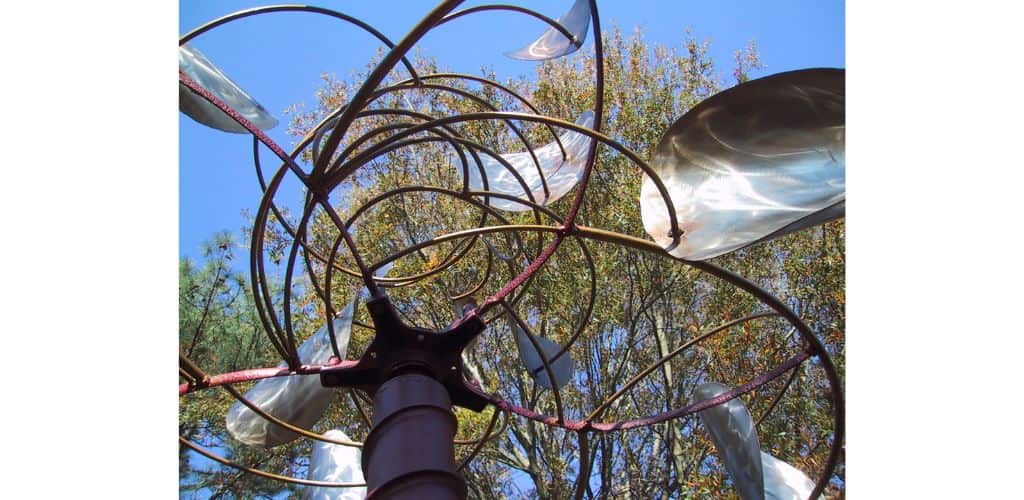Clients sometimes ask intellectual property (IP) lawyers how they can patent or copyright their ideas and make money off them.
The short answer is: you probably can’t.
Neither patent law nor copyright law protects ideas per se.
Patent law protects “inventions,” which may be based on ideas but are more than “bare” ideas.
As the US Patent and Trademark Office explains, for a patent to be issued, an invention must meet four conditions:
- Able to be used (the invention must work and cannot just be a theory)
- A clear description of how to make and use the invention
- New, or “novel” (something not done before)
- “Not obvious,” in relation to something already invented
The laws of nature, physical phenomena, and abstract ideas cannot be patented, nor can only an idea or suggestion.
Although business methods can be patented if they meet the criteria listed above, most business ideas don’t meet that standard.
Copyright law also doesn’t protect “ideas,” but it does protect expressions of ideas. For example, the “idea” of lovers from two rival families or groups (as in Romeo and Juliet, West Side Story, and thousands of other examples) can’t be protected, but a particular expression of that idea (for example, the libretto and score of West Side Story, and recorded or filmed versions thereof) can be protected.
Parsing out what’s an “idea” and what’s an “expression” can be challenging. This analysis looks at the “idea-expression dichotomy.”
Two recent cases illustrate this.
In Jangle Vision, LLC v. Alexander Wang, Inc., Jangle appealed a District Court’s dismissal of its claim against designer Alexander Wang for allegedly infringing its copyright in the “Jangle Vision Twins” by using similar characters in an ad for a handbag.
As the court explained,
Both the Twins and the characters in the advertisement represent tall, thin figures in skintight, solid-colored bodysuits with masks covering their face and head.
However, said the court,
As Jangle Vision acknowledges… most of these elements—including the idea of a figure in a body suit and mask, specific component of a character’s body type, and the pink color of the characters in the advertisement—are not independently protectable.
(Emphasis added.)
The court found that the Jangle and Wang characters were “more dissimilar than similar”:
The design of the Twins’ bodysuits and face masks are distinct from those of the advertisement characters. The Twins, moreover, appear in different environments, are often colored differently, are positioned in different postures, and have faces that are distinctive and largely visible, while virtually no facial features are visible in the advertisement.
In Tangle Inc. v. Aritzia, Inc., defendant Aritzia moved to dismiss claims for copyright infringement by Tangle, a toy manufacturer.
Tangle owns the copyright for nine sculptural works which it alleges were infringed by defendants. These kinetic sculptures are made of seventeen or eighteen interlocking, 90-degree curved pieces. Tangle sells copies of its sculptures at authorized dealers, including the Museum of Modern Art’s Design Store. Tangle also sells toy Tangle sculptures in pink chrome.
In Spring 2023, Aritzia began displaying chrome pink sculptures made of eighteen interlocking, 90-degree curved pieces in its retail storefronts. It posted pictures of the sculptures on social media.
As the court noted,
Tangle claims that Aritzia’s displays were recognized by the media and public as Tangle sculptures. … Tangle alleges that Aritzia intentionally copied Tangle’s protected works and used Tangle’s unregistered trade dress. …Tangle alleges actual consumer confusion, including a social media comment in which a user described the Aritzia sculptures as “a giant Tangle toy!”
Defendants moved to dismiss on the grounds that Tangle sought to protect an unprotectable idea rather than a protectable expression.
The court commented,
Tangle’s theory is as pliable as its product. In claiming that all of the different Aritzia displays, which varied in number of segments and positioning, infringe all of Tangle’s copyrighted sculptures, Tangle seeks to copyright a particular style. Style, no matter how creative, is an idea, and is not protectable by copyright.
(Emphasis added.)
The Court also rejected Tangle’s argument that any configuration of 17 or 18 interlocking segments of the same size and manipulable along the same axes would infringe Tangle’s copyrights, because only works that are “fixed” are subject to copyright protection:
Tangle cannot claim ownership of every conceivable iteration of tubular sculptures made of interlocking 90-degree segments merely because its own such sculptures can be manipulated into any configuration.
Just like the haiku above, we like to keep our posts short and sweet. Hopefully, you found this bite-sized information helpful. If you would like more information, please do not hesitate to contact us here.


